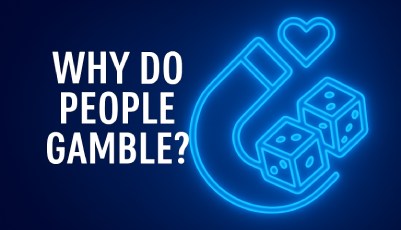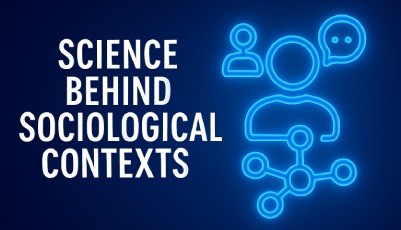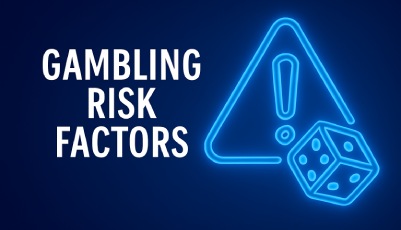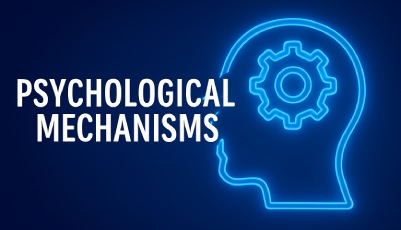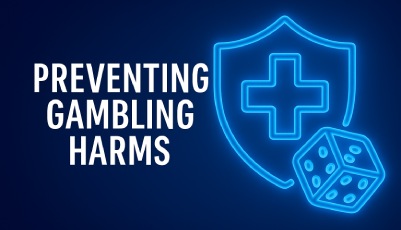The effect social media has to play in normalizing gambling is substantiated, and there are case studies from respected peers that detail the extent to which social media has to play in reinforcing this normalization. These are not necessarily driven by operators or marketers, as the studies also assessed peer shared content, and posts that reinforced pro-gambling messages and simulated games. These have proven to alter the perception of risk in users, and as a result, they can also increase the gambling uptake.
A more comprehensive look at the personal impacts reveal the psychological mechanisms this normalization creates.
Gambling as a Socially Embedded Behavior
Russell and colleagues conducted in‑depth qualitative interviews with higher‑risk gamblers to understand how social connections shape gambling attitudes. Their study showed how gambling could stem from activities or events revolving around gaming venues.
“Gambling was seen as a normal, acceptable activity because it was embedded within everyday interactions and relationships.” – Russell et al., 2018, PMC
Participants were questioned about the nature of the social bonding environments in which gambling came up. The findings suggested that, for most, the normalization of gambling and its validation was present long before social media took hold.
Online Environments and Perceived Risk
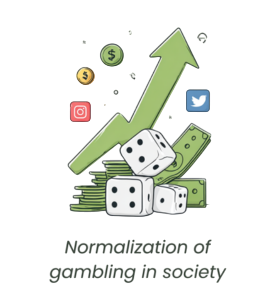
We analyzed the Sirola et al. study to take this research further, and turn our focus to the social media platforms, and how they enhanced this phenomenon. Social media mirrored these social interactions, but given the nature of the accessibility and global reach, it amplified the effects. These spread beyond closed or tight knit social communities, effectively engaging and reinforcing the norms in more users.
“Digital communities create echo chambers where gambling is framed as entertainment rather than risk.” – Sirola et al., 2021 ScienceDirect
Comparison & Perspective
The first case study, by Russel et al. is crucial to understand the origins of the normalization of gambling in society. Combined with the Sirola et al. study, which documents the scale to which the online exposure influenced the normalization, gave us a more insightful narrative of the impact of social media.
Weight of Peer Influence
The studies also observed the impact on the demographic at a higher risk of gambling addiction, and their response to gambling content on social media. The findings showed how the impact of friends sharing bets or making casual gambling references could reinforce high risk gamblers more than traditional, operator led, marketing campaigns of sports betting platforms.
“Normalization was strongest when gambling was framed as part of everyday social exchange, not as a commercial transaction.” – Russell et al., 2018, PMC
This matches the social psychology research on the impact of social proof, and how individuals model behavior is shaped by group norms. The peer content does not just create a more accepted image of gambling. It can also enforce the notion that this is a social expectation, prompting more activity and creating peer pressure around gambling.
Commercial Influence and Online Platforms
In the Sirola study, it was also noted how social media platforms can reinterpret gambling, in social circles, as a form of popular culture, extending beyond a source of casual entertainment. The emotional weight of peer‑generated content consistently outperformed corporate messages in shaping perception.
Analysis
Based on these studies, the traditional form of gambling prevention strategies, which aim at traditional marketing and operator run campaigns, should also consider peer networks. When gambling is embedded in social media circles, it bypasses the traditional regulatory restrictions and can create a more emotional calling for users.
Mechanisms of Normalization
The mechanisms of normalization show how gambling is disguised to appear routine and casual, as opposed to a risky endeavor.
Social Learning Theory
Individuals can adopt behavior from others, especially when it is conveyed as rewarding behavior. It creates misinformation about activities, is open to misinterpretation, and can give users the cues that reinforce gambling as a normative behavior.
Network Density and Reinforcement
The Russell case study emphasized that individuals with highly interconnected gambling networks experienced the strongest normalization. Dense networks mean norms are repeatedly reinforced, making alternative perspectives less likely to break through.
Cognitive Dissonance and Harm Perception
High risk users could use these social cues as a means of positive approval. They can answer the internal conflict on the dangers by minimizing the risks internally. This is a classic example of cognitive dissonance reduction, leaning towards the social norms to avoid the discomfort of assessing the risks and valuing the dangers of gambling.
“Perceptions of harm were muted by the overwhelming sense that gambling was part of normal social life.” – Russell et al., 2018, PMC
Higher‑Risk Groups and Vulnerability
The studies noted that players who are already experiencing gambling harm are often in circles where gambling content is accessible and frequent. This creates a feedback loop, incurring the surrounding environmental normal image of gambling and reducing the users’ chances of any intervention.
The study added that online platforms add consistency to this loop because algorithms prioritize engaging content.
Our Perspective
Combining these findings, a layered picture emerges:
- Offline networks create the foundation of gambling norms
- Social media amplifies these norms by making them highly visible
- Peer content carries more weight than commercial ads
- Psychological mechanisms, social learning, cognitive dissonance, and network reinforcement explain how normalization takes hold
Our analysis suggests that addressing gambling harm requires moving to social platforms and enforcing safer spaces, or providing responsible gambling education and supplements to those who are exposed to content of any gambling nature.
FAQs
By embedding gambling content into everyday interactions, especially through peer‑shared posts, making it appear as routine social activity rather than risky behavior.
Yes, studies show peer‑generated content has a stronger impact on attitudes because it carries authenticity and blends seamlessly into social exchange.
Social learning reinforces observed behaviors, while cognitive dissonance leads individuals to downplay risks when gambling is widely accepted in their network.
Online spaces amplify existing social norms by spreading content faster and making gambling more visible, which intensifies normalization effects.
Higher‑risk gamblers and individuals with dense social networks where gambling is common are especially susceptible to normalization pressures.
References
Online identities and social influence in social media gambling exposure: A four-country study on young people Anu Sirola, Markus Kaakinen, Iina Savolainen, Hye-Jin Paek, Izabela Zych, Atte Oksanen (2021)
Social influences normalize gambling-related harm among higher risk gamblers Alex M T Russell et al. (2018)
